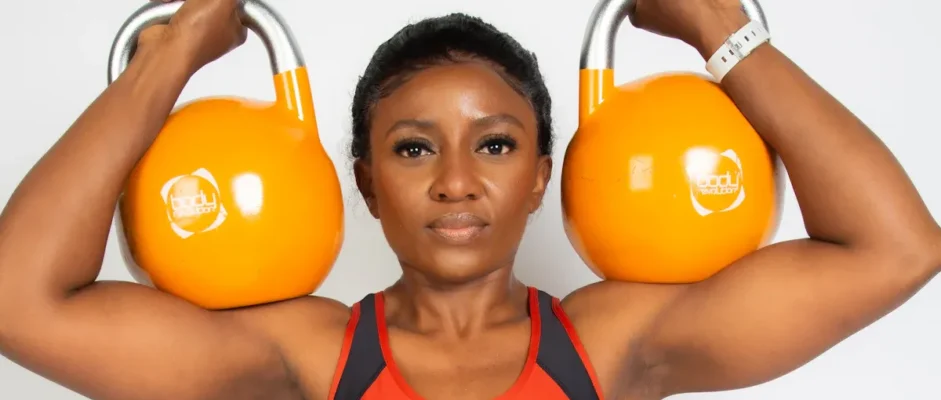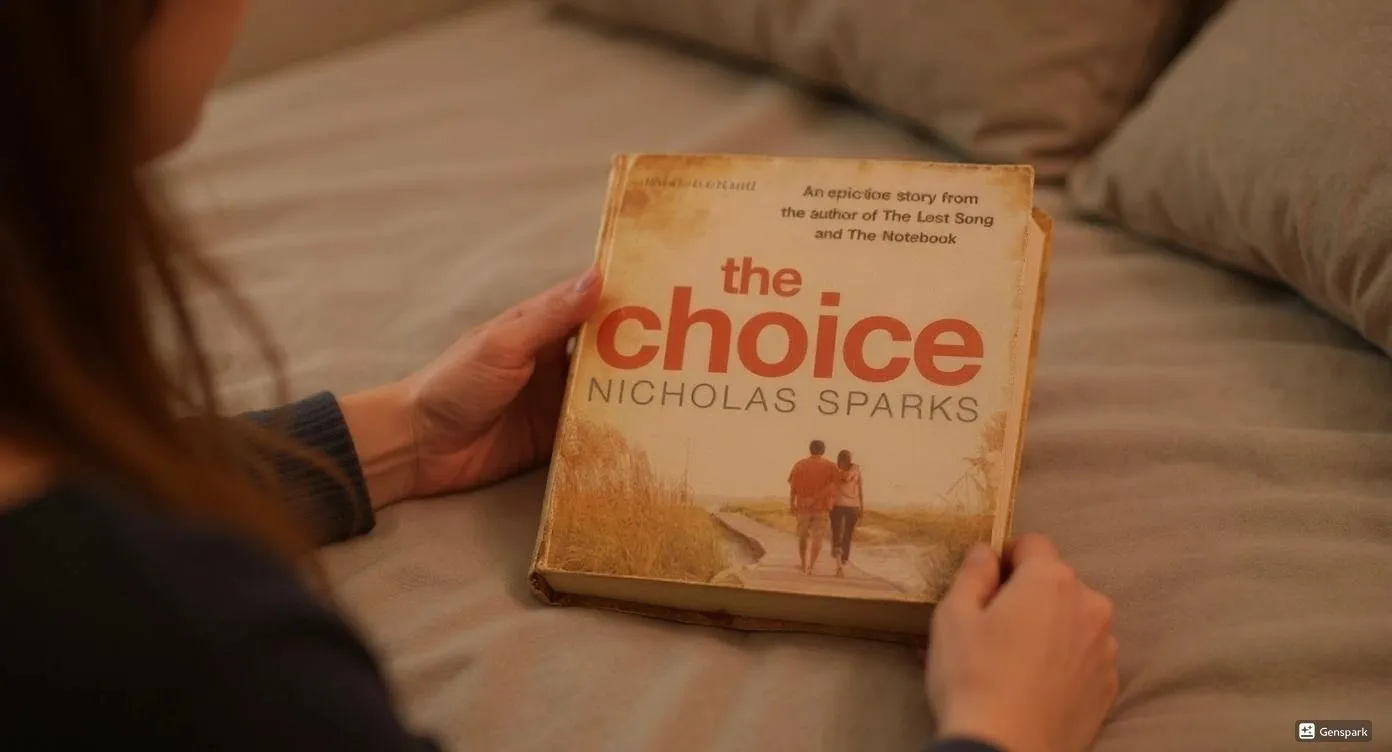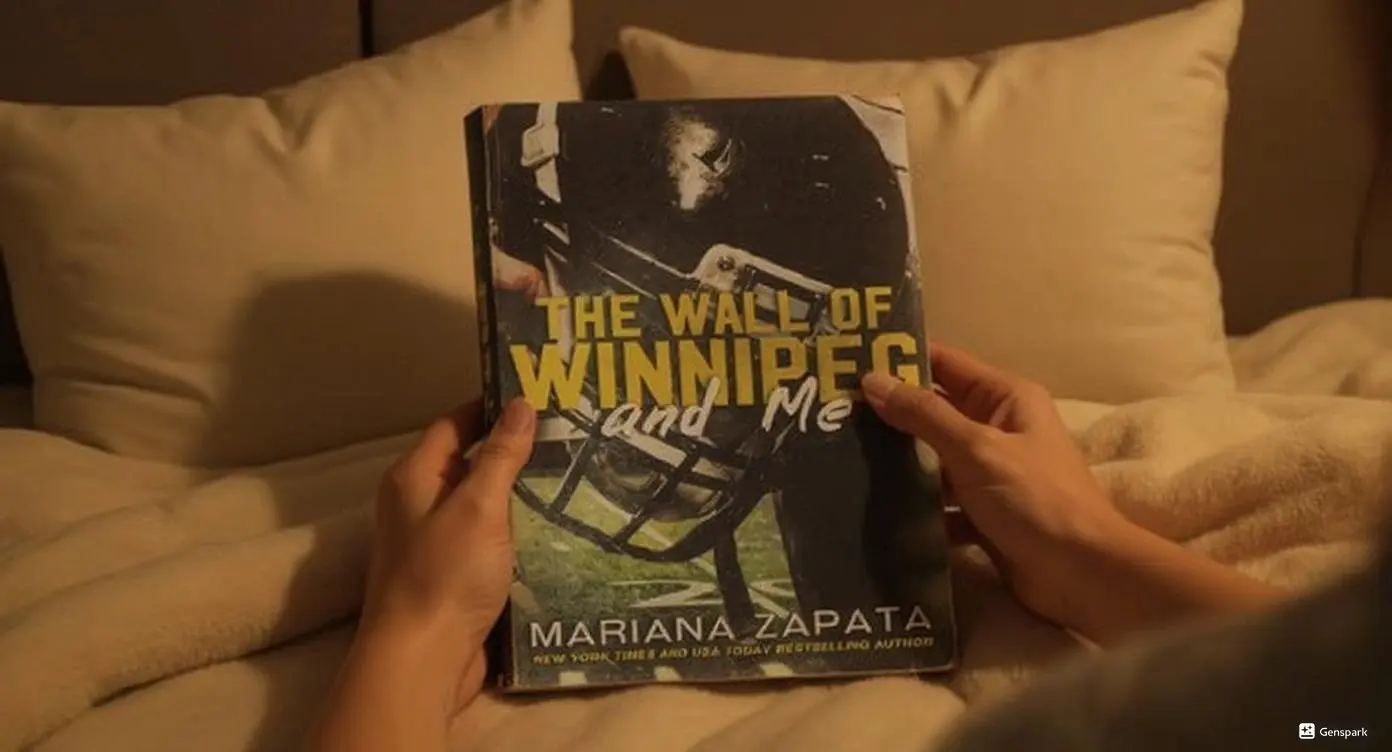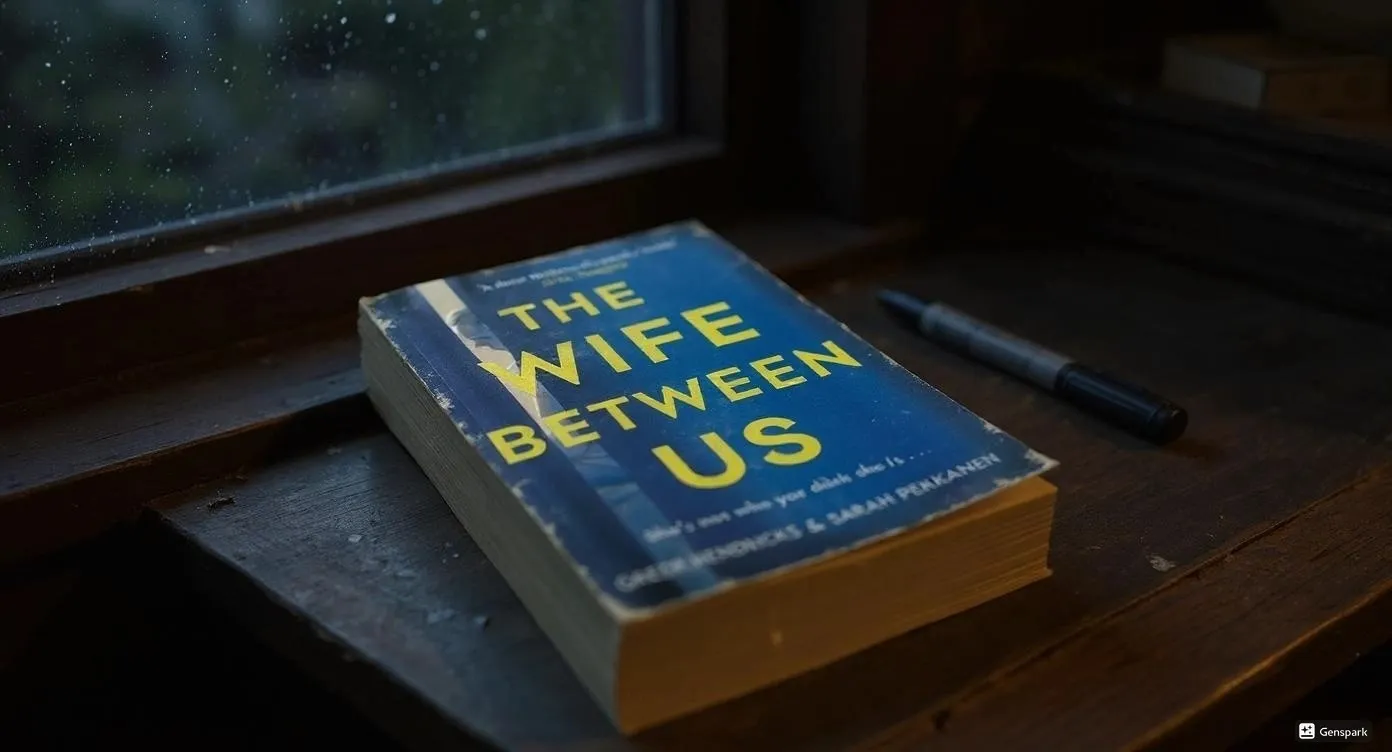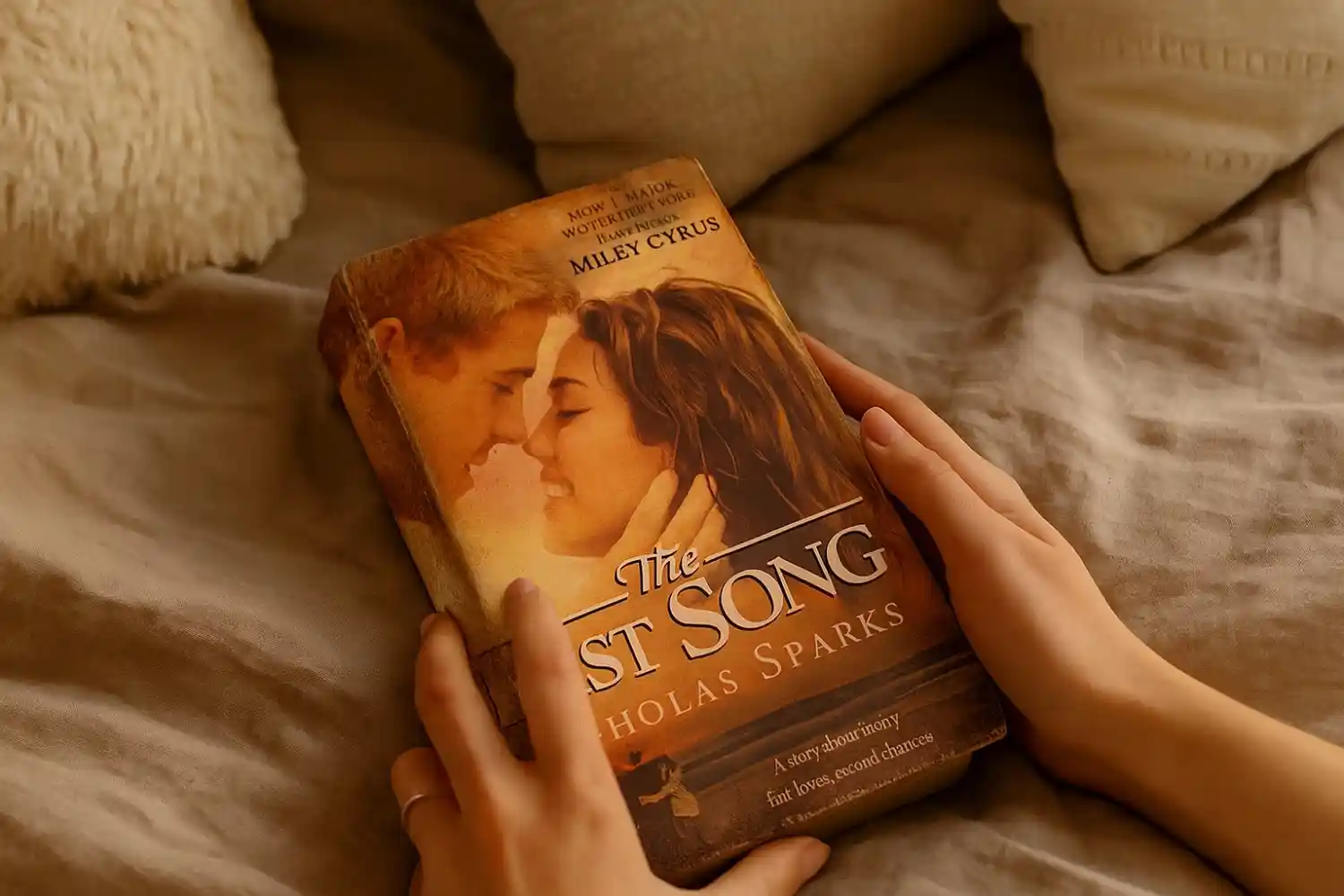I’ll be honest, “On Her Game: Caitlin Clark and the Revolution in Women’s Sports by Christine Brennan” had me hooked from the first page. Clark’s jaw-dropping stats—like breaking the NCAA scoring record and setting a single-season three-point mark—aren’t just numbers; they’re history in motion.
Female Avg/Median Pay Ratio | Male Avg/Median Pay Ratio | |
|---|---|---|
Basketball | 1.9 | 1.6 |
NCAA | 1.3 | 1.7 |
All Sports | 1.6 | 1.8 |
These numbers show how much work remains for gender equity. If you love sports, care about fairness, or crave inspiring stories, this one’s worth your time.
Key Takeaways
Caitlin Clark’s story shows how passion and hard work can break records. It also shows how she can change women’s sports forever.
The book talks about problems with gender equity that still happen. It also celebrates progress and shows how sports can inspire big changes in culture.
Christine Brennan writes in a clear and lively way. This makes the book easy to read and very interesting for everyone.
Book Overview
Main Themes
When I started reading, I noticed right away that this book isn’t just about basketball. It’s about breaking barriers, chasing dreams, and fighting for fairness. The author digs into big topics like:
Gender equity: The book keeps coming back to how women athletes still have to fight for equal pay and respect.
Personal growth: Caitlin Clark’s journey shows how hard work and confidence can change a person’s life.
Cultural change: The story highlights how one player can shift the way people see women’s sports.
I saw that reviews and surveys pick up on these themes, too. Tools that track what readers say show that words like “classic,” “update,” and “spoiler” pop up a lot. Some readers focus on the sports side, while others talk about the bigger picture—like how schools and the media shape our views.
Structure and Style
The style grabbed me right away. Christine Brennan writes with energy and keeps things moving. She uses a classic story structure: setting the stage, building tension, and then letting the action explode. I could feel the excitement in every chapter.
Researchers have studied thousands of stories and found that the best ones follow a pattern—start strong, build up, and finish with a punch. This book does that. The language is clear, the chapters are short, and the pacing never drags. I never felt lost or bored, even when the stats started flying.
If you want a book that mixes sports, culture, and real emotion, On Her Game delivers.
Caitlin Clark’s Rise
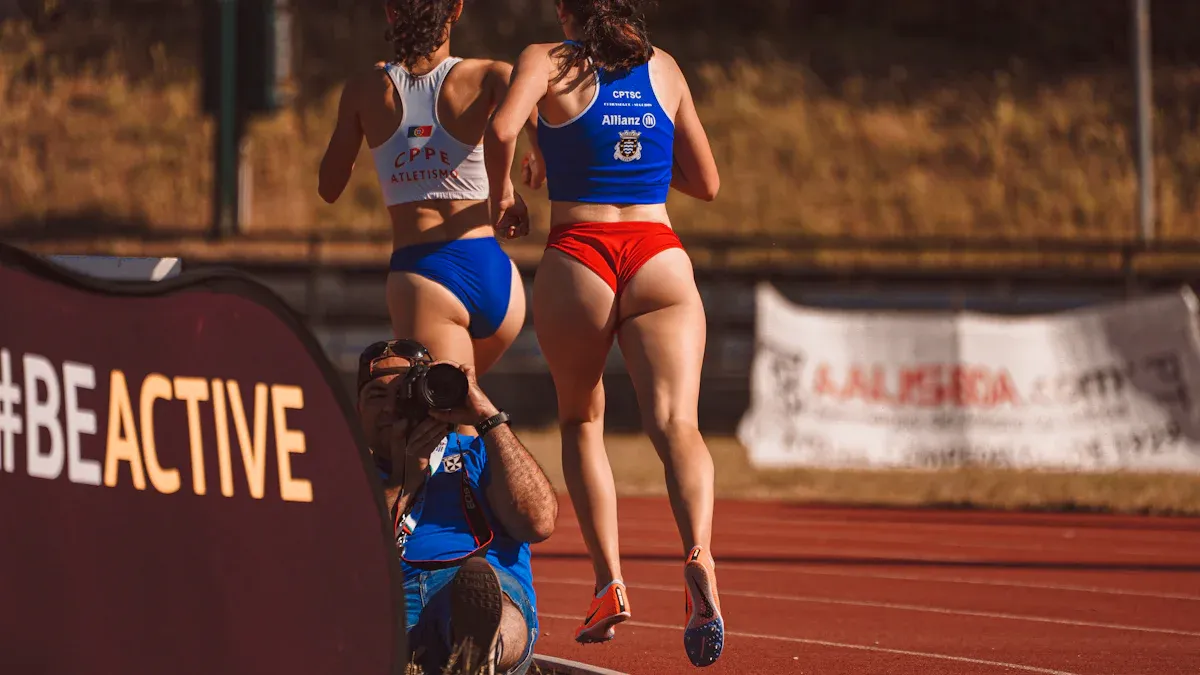
Early Life
I have to give props to Caitlin Clark’s early drive. As a kid in West Des Moines, she lived and breathed basketball. I remember reading about her shooting hoops in the driveway long after sunset. She didn’t just play—she obsessed over every shot.
That kind of passion set her apart. She became the fastest Big Ten women’s player to reach 1,000 career points. Only one other player in the 21st century did it faster. Her story made me think about all those late nights I spent reading under the covers, chasing my own dreams.
College Stardom
Clark’s college years felt pulse-pounding. She broke records left and right. I watched her sell out arenas and push ticket prices higher than ever. She didn’t just score—she changed the game. Her highlights made me gasp.
I saw how her success helped women’s sports hit a projected $1 billion in revenue for 2024. That’s not just a number. It’s proof that her stardom brought more eyes, more fans, and more respect to women’s basketball.
Clark’s career milestones:
Broke every major scoring record
Drove up ticket sales and media coverage
Inspired a new generation of athletes
WNBA Transition
Clark’s jump to the WNBA gave me chills. She broke 11 rookie records in her first season. Suddenly, 57% of Americans called themselves WNBA fans. Young fans, especially, started following the league more closely. I saw the demand for coverage skyrocket.
The league felt electric, and Clark stood at the center. On Her Game: Caitlin Clark and the Revolution in Women’s Sports captures this wild ride with honesty and excitement.
Statistic / Record | Description |
|---|---|
Rookie season | Broke 11 WNBA records, became most popular player |
WNBA fandom | 57% of Americans now fans |
Youth engagement | 43% more 18-34 year-olds followed in 2024 |
Olympic impact | Interest doubled after 2024 gold medal |
Coverage demand | 79% want more WNBA coverage in 2025 |
Impact on Women’s Sports
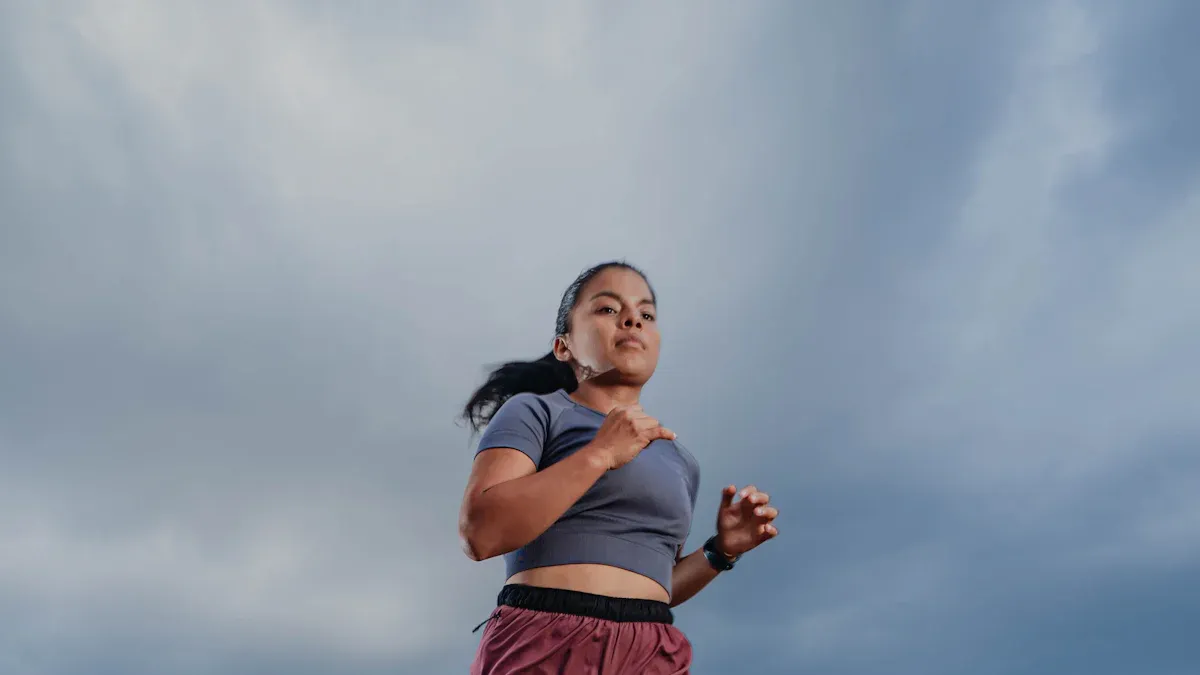
Title IX and Gender Equity
I remember reading about Title IX in school, but this book made it real for me. The numbers jumped off the page. Girls playing high school sports grew from less than 300,000 in the early 1970s to almost 3 million by 2001.
That’s wild! I saw how college teams exploded too—over 150,000 women competing by 2001, and now women make up nearly half of all college athletes.
Title IX didn’t just open gym doors. It gave women more scholarships, better coaching, and real chances to compete.
I learned that women now play sports like wrestling and rugby, which used to be just for men.
The law also helped women get more jobs and better health. I never realized how much sports could change a life.
But the book doesn’t sugarcoat things. Women’s coaching jobs dropped from over 90% to about 40%. Men still get paid way more to coach basketball. I felt frustrated reading that, but it made me root for change even more.
Cultural Influence
On Her Game made me see how sports shape culture. I noticed how media coverage is still low—women’s sports get only 4% of the spotlight. Yet, I saw WNBA viewership jump by 74% in just a few games. Social media buzzed with millions of impressions during big tournaments.
Tools like ImagePlot and Cultural Analytics help track how women’s sports show up in media and art.
I found it cool that these tools can spot trends and show how fans connect online.
Sports don’t just fill stadiums—they build networks and inspire new leaders. I read that 94% of women in top business jobs played sports. That fact left me thinking about how far we’ve come, and how far we still have to go.
Challenges and Controversies
Media Attention
I have to say, the media focus on Caitlin Clark was huge. Every game and every tweet got lots of attention online. The news talked about her all the time, even when the story was not that big.
It made me think about how TV ratings can go up for famous people, even if the event is not exciting. The book says media attention changes how we see athletes. Sometimes, the story seems bigger than what really happened.
Media coverage often relies on popularity metrics like trending topics and follower counts. I saw that this can make more people want to talk about the same thing.
Social media can make an athlete more famous, but it also brings more stress and mean comments.
Sometimes, the news talks too much about things that are not important.
Note: The book shows that media attention can help women’s sports grow, but it also brings new challenges for athletes who just want to play.
Rivalries and Criticism
Rivalries in sports always make things exciting. With Caitlin Clark, I saw how rivalries could get really strong, both on and off the court. Fans like to choose sides, and sometimes people argue or fight online.
Rivalry intensity can be measured by how much fans want to beat certain teams. In some leagues, fans even give their rivals a score out of 100!
The book says rivalries in women’s basketball are getting bigger, but they are not as harsh as in some other sports.
Criticism comes fast, especially when an athlete is famous. I read that the media and fans sometimes talk more about mistakes or drama than about hard work.
Description | |
|---|---|
Lack of meta-information | Not enough background makes stories harder to follow. |
Standardization issues | Different formats make it hard to compare stats or stories. |
Data quality and bias | Some reports have mistakes or only show one side. |
Infrastructure and resources | Not every team or league has good ways to share stories. |
Analysis tools and methods | It is hard to find the best way to talk about rivalries. |
Alignment with research design | Sometimes the data does not match the questions people want to ask. |
Legal and ethical issues | Privacy and fairness are important, especially with social media and news. |
I felt the pressure in these rivalries, but I also saw how they help athletes get better. The book made me think about how criticism can hurt, but it can also help things change.
Christine Brennan’s Perspective
Reporting Approach
I noticed right away that Christine Brennan doesn’t just tell a story—she checks every fact. She reminds me of those reporters who double-check everything before they print it. I saw her use a method that feels a lot like what top fact-checkers do. She looks for the truth, not just the drama.
Here’s a quick look at how some top organizations handle fact-checking:
Organization | Unique Reporting Methodology Example | Fact-Checking Process Highlights |
|---|---|---|
FactCheck.org | Two out of three panelists must agree on a claim’s truth | Stops research if claim is true; focuses on big, national stories |
PolitiFact | Uses interviews and primary sources; multi-step review | |
The Washington Post | Lets readers help pick claims; uses Google to check sources | Focuses on facts that matter to voters; contacts people for backup data |
Brennan’s style in On Her Game feels just as careful. She checks her sources, talks to real people, and makes sure every stat is right. I trust her reporting because she never just repeats rumors.
Unique Insights
Brennan brings something special to this book. She knows the sports world inside and out. I could tell she’s spent years building trust with athletes and coaches. That gives her a front-row seat to moments most reporters miss.
She understands the risks of getting too close to her sources. Sometimes, reporters can get biased or see only what they want to see.
Brennan uses her connections to get deeper stories, but she also questions her own views. She doesn’t just accept things at face value.
I read that insider researchers like her have to work harder to stay fair and honest. They need to check their own feelings and not let friendships cloud their judgment.
I liked how Brennan admits when she doesn’t know something. She’s not afraid to say, “I’m still learning.” That honesty made me trust her even more.
Strengths & Weaknesses
What Works Well
I’ll be honest, I read this book in one sitting, barely stopping for snacks. That’s rare for me. Here’s what made it stand out:
Detailed Reporting: Christine Brennan checks every fact. She doesn’t just repeat what’s trending. She digs deep, talks to real people, and makes sure every stat is right. I felt like I could trust what I was reading.
Engaging Storytelling: The story moves fast. I never felt bored or lost. The book uses short chapters and clear language. I could picture Clark’s buzzer-beaters and feel the crowd’s energy. The narrative speed kept me turning pages.
Cultural Analysis: The book doesn’t just talk about basketball. It shows how women’s sports connect to bigger issues like fairness and respect. I liked how it explained why these moments matter, not just for athletes but for everyone watching.
Emotional Impact: Some chapters left me gasping. The way Brennan mixes stats with real-life moments made me care about every win and loss. I even found myself rooting for players I’d never heard of before.
Modern Feedback Approach: The book’s style reminds me of how experts now suggest giving feedback—quick, clear, and focused on what matters most. Brennan doesn’t waste time on fluff. She gets to the point, just like a good coach.
“I couldn’t put it down. The story kept moving, and every chapter felt important.”
Success metrics in storytelling, like Net Promoter Scores and engagement rates, show that stories with fast movement and emotional turning points grab readers. This book nails that balance. It uses both heart and logic, making the stats feel personal and the personal stories feel big.
Areas for Improvement
No book is perfect, and this one has a few weak spots. Here’s what I noticed:
Could Go Deeper: Sometimes, I wanted more behind-the-scenes details. The book covers a lot, but it sometimes skips over the messier parts of Clark’s journey. I wanted to know more about her struggles off the court.
Potential Bias: Brennan clearly admires Clark. That’s not a bad thing, but it sometimes makes the story feel one-sided. I caught myself wondering if some tough moments got glossed over. Critical reviews often warn about this—when a writer sticks too close to their subject, it’s easy to miss the full picture.
Limited Rival Perspectives: The book focuses so much on Clark that other voices get lost. I would have liked to hear more from her rivals or critics. Comparing different viewpoints helps readers see the whole story.
Data and Analysis Gaps: Sometimes, the stats felt cherry-picked. I noticed that some numbers didn’t have much context. Analytical reports say it’s important to compare data side-by-side and use tools like SWOT analysis to spot patterns. This book could use more of that.
Repetitive Themes: A few points get repeated, like the fight for gender equity. I agree it’s important, but I wanted more variety in how the book tackled these big ideas.
To be fair, every book has blind spots. I just wish this one had taken a few more risks and dug a little deeper.
Comparative critiques in other fields show that looking at competitors or using more voices can highlight what’s missing. I think On Her Game could have benefited from that approach. Still, the strengths outweigh the weaknesses, and I walked away feeling inspired—even if I wanted just a bit more.
I could not stop reading this book. On Her Game is great for sports fans, parents, and people who like underdog stories. The way the story is told is really good, and the facts seem true. Research in many areas shows that lots of people like it.
If you want a book with exciting moments and honest talk about gender equity, this book is a good pick.
I noticed that Clark’s story makes people want to talk and helps bring change.
Dionysus Review Rating: 7/10
Sip The Unknown—Discover Stories You Never Knew You’d Love!
Dionysus Reviews Has A Book For Every Mood
Biography & Memoir
Fiction
Mystery & Detective
Nonfiction
Philosophy
Psychology
Romance
Science Fiction & Fantasy
Teens & Young Adult
Thriller & Suspense
Frequently Asked Questions
Is this book good for readers who don’t follow basketball?
Absolutely! I found the story easy to follow, even if you don’t know basketball rules. The focus on personal growth and gender equity kept me hooked.
Does the book talk about Caitlin Clark’s life off the court?
Yes, but not as much as I wanted. I got glimpses of her family and mindset. I wish there were more behind-the-scenes moments.
Will this book inspire young athletes?
For sure! Clark’s journey made me want to work harder at my own goals. The book shows how confidence and hard work can change everything.
